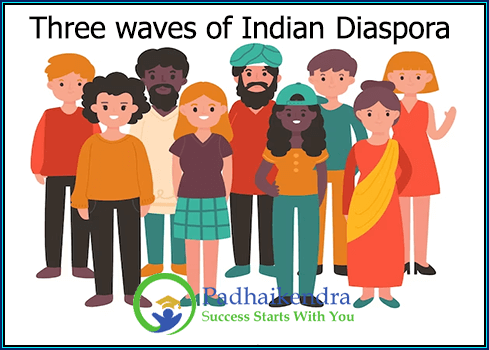The Indian Diaspora refers to the community of people of Indian origin who live outside of India. There have been three major waves of Indian Diaspora:
- The first wave of Indian Diaspora occurred during the period of British colonialism. This wave was characterized by the migration of Indian laborers to other parts of the British Empire, including Southeast Asia, East Africa, and the Caribbean. These migrants were often brought over as indentured laborers to work on plantations and other labor-intensive industries.
- The second wave of Indian Diaspora occurred after India gained independence from British colonial rule in 1947. This wave was characterized by the migration of highly skilled professionals, such as doctors, engineers, and scientists, to Western countries such as the United States, the United Kingdom, and Canada. This wave was driven by the desire for better opportunities and the availability of scholarships and other forms of support for Indian students in Western universities.
- The third wave of Indian Diaspora began in the 1990s and continues to the present day. This wave is characterized by the migration of both skilled and unskilled workers to a range of destinations, including the Gulf Cooperation Council (GCC) countries, Southeast Asia, and the United States. This wave has been driven by factors such as economic opportunities, political instability, and family reunification.
The Indian Diaspora has made significant contributions to their host countries, particularly in areas such as education, technology, and medicine. Indian diaspora communities have also maintained strong cultural and economic ties with India, often sending remittances and investing in Indian businesses and infrastructure.





